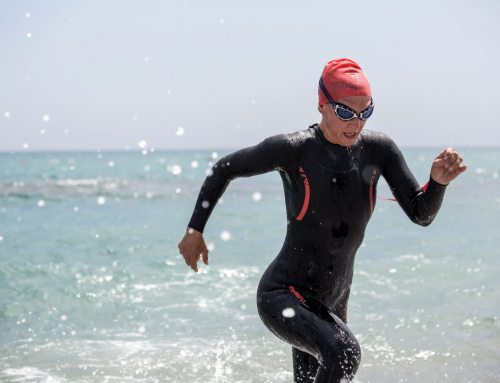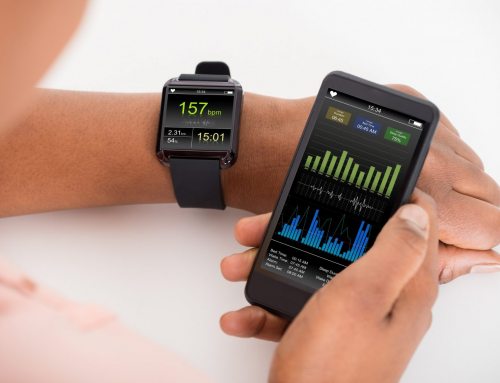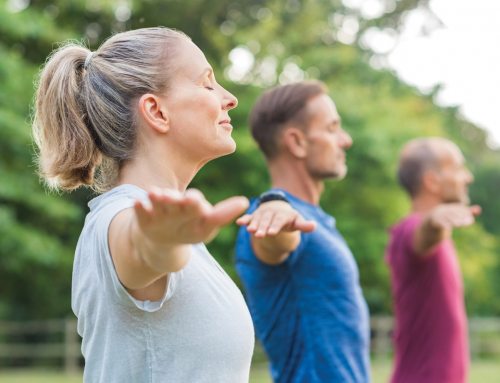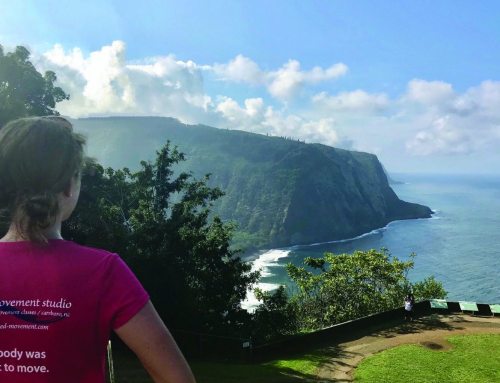It’s Not About the Bike — It’s How You Roll
By Lance Leo
Armed with a purple Mongoose Rockadile mountain bike and a whole lot of drive, I tackled my first triathlon on knobby tires and had the most memorable and enjoyable race of my life. Almost 20 years later, I am happy to report that I have long since upgraded to a tri bike and have been blessed to coach many athletes through their first triathlon.
While a trusty Rockadile can still get you through a sprint triathlon today, the current trend is to acquire a bike that can ultimately make the task of covering the second leg of a triathlon much easier. If you have a $1,000 to $2,000 disposable income you can find a high quality bike at your local triathlon or bike shop. However, I am still a big fan of rolling with whatever you can get your hands on for your first race. Whether you buy new, borrow a bike from a friend, or use that mountain bike hanging in your garage is not nearly important as you roll.
Whatever you do, make sure the bike you ride fits you and that it is fully functional. If you’re not sure what that means, take it to a local bike or triathlon shop and have them check it out. The most important aspect of cycling for your first triathlon is being comfortable operating the bike you have.
Remember, simplicity rules! Make sure to ride outside and amongst other athletes so you know how it feels to ride in a group. Ideally, ride on the race course so you are mentally and physically ready for each turn, ascent, descent, and bump. If you feel more comfortable wearing running shoes versus bike shoes, roll with the former. Bike shoes will give you better power transfer per pedal stroke, but can be tricky to get out of for some.
Triathlon specific shoes as well as apparel is ideal for an event where you have to swim and then ride a bike, since trying to put on more attire when you’re still wet from the swim can be difficult. I recommend going to the local triathlon shop to try on whatever they have. Comfort is key, so if you don’t feel comfortable wearing what’s available you should use apparel that works for you. Another helpful hint is to use Body Glide in sensitive areas to avoid chafing. You’ll likely discover in training which areas will need lubricant like Body Glide.
If you already have your own road or tri bike I recommend accumulating some training while using tools like a Heart Rate Monitor and Power Meter to start analyzing your training and racing data. Using either of these tools, I would recommend doing a time trial effort of 20 to 30 minutes. By the end of this test you will have established a baseline average power or maximum Heart Rate – an important number for any new triathlete to use in building performance.
In terms of power, most athletes new to the sport will find that they can train anywhere between 50 to 80 watts below average power and experience adequate physiological stress to promote positive adaptations while others could train at 30 watts below this average for the same results. There is great variability between athletes so stringent ranges cannot be applied to all. In other words, one must consider other biofeedback variables, listen to their bodies, and make decisions in conjunction to the hard data to maximize training benefits.
I would also recommend creating an association with the HR that elicits a noticeable increase in respiration rate. This simplistic gauge of intensity coupled against HR and power can help an athlete determine a safe upper limit to build intervals from.
Finally, new triathletes and cyclists alike will have to practice one important cycling workout. This workout is one that prepares your body to get used to running after cycling. To prepare for the run, I recommend riding the bike for 10 to 15 minutes with the last 3 to 5 minutes at a ‘comfortably hard’ intensity, dismount, and then run for 5 minutes. Repeating this 2 to 5 times is an excellent way to not only improve your bike to run transition but also to enhance your fitness as well.
# # #
Coach Lance can be reached at lance@studio7multisport or 704-960-0225 if you have additional questions regarding preparing for your first triathlon.





